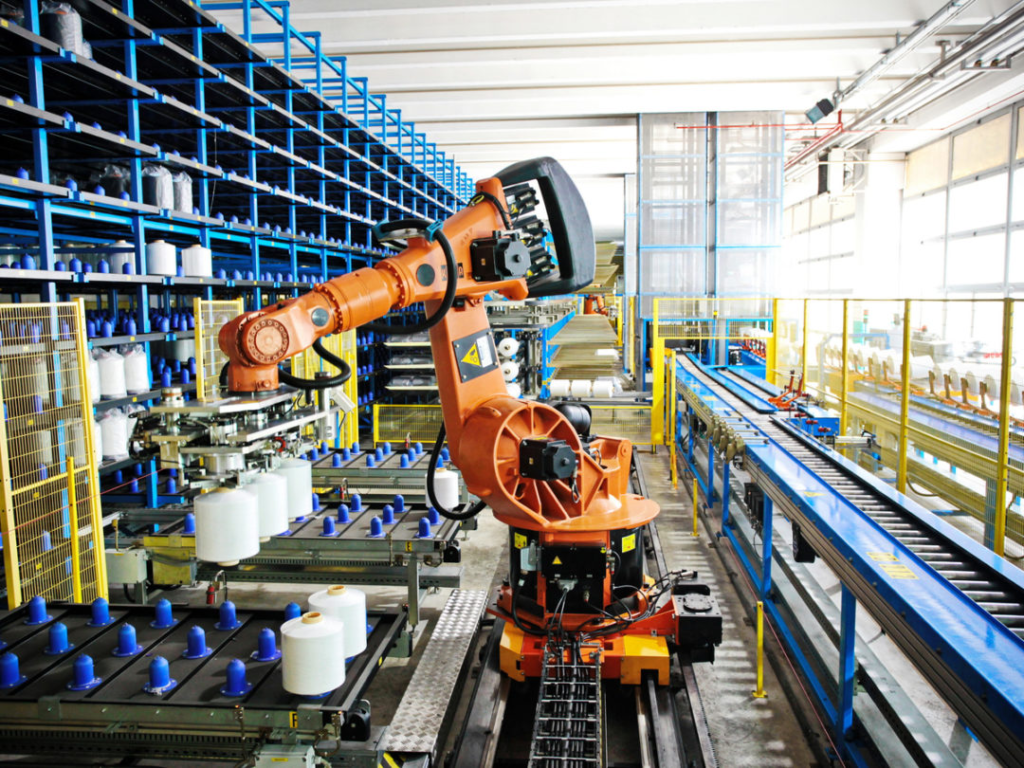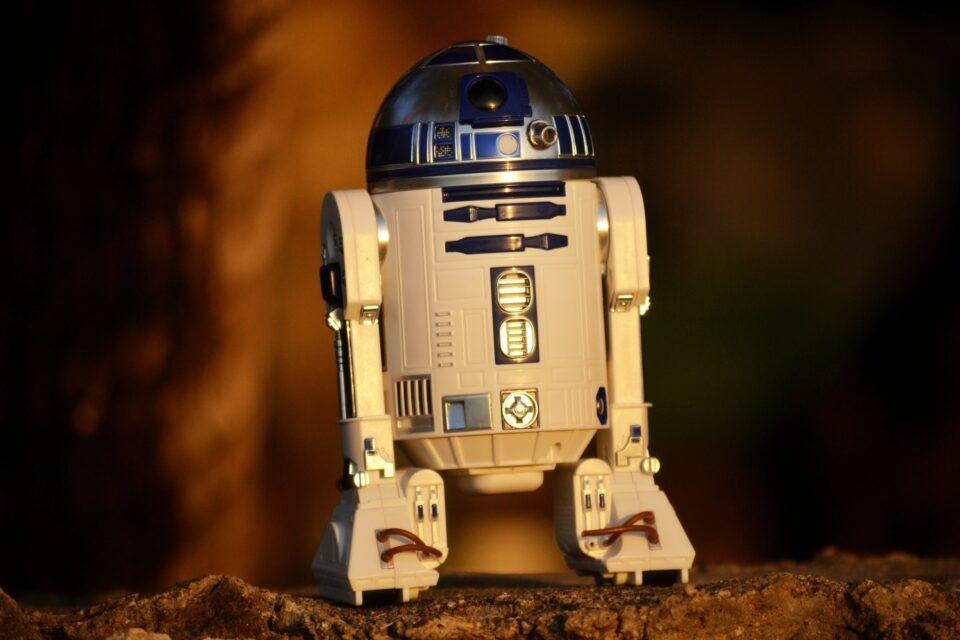A robot is a mechanical technology device that performs automated duties under the direct supervision of a human, a pre-programmed programme, or broad parameters that are well specified using artificial intelligence techniques. Robotic jobs can be employed in manufacturing businesses, building sites, and even in the manipulation of heavy and huge hazardous items. A robot can have a response-driven relationship between senses and actions, but it must always be under human direction. Its movements could take the shape of electro-magnetic effectors capable of moving an arm, opening and closing grips, and even propelling the robot.
A robot controlled by a computer software can control and provide feedback as needed. The programme can be executed on an external device or a microcontroller. As a result, it demonstrates that a robot can integrate nearly all automated devices.

Effectors can be used to move the robot around or to move other objects around, which is known as manipulation. As a result, the robot is divided into two types: mobile robotics and manipulator robotics, which grab objects. A robot has also been used as an umbrella term for a mechanical man or an automaton that assumes the form of a real or imagined animal.
It has been employed in a variety of technologies to replace humans and animals in both labor and play. Robot technology is now commonly employed to perform a variety of tasks that are either too dirty, hazardous, difficult, monotonous, or repetitive for humans. This type of robot is usually in the form of an industrial robot that performs duties in the manufacturing industry. However, articulated robots that execute tasks similar to those performed by a human arm are the most prevalent.
Purposes of Robots
A robot could be programmed to do certain duties, such as picking up and arranging work parts. It could be used to control and work with a lathe or milling machine. The majority of the automotive businesses have benefited from this new robot technology because it has made labor easier. These robots have been programmed to execute tasks that are comparable to those performed by humans, resulting in the replacement of human labor in a variety of simple repetitive tasks. The presence of cheap labor and the pricey requirements of robotics, however, has slowed the development of such technologies.

Currently, robotics such as automated guide cars and autonomous delivery robots are being employed in factories, hospitals, laboratories, and other settings where risk, reliability, and security are paramount. In addition, as part of the move toward automated buildings, autonomous patrolling safety and security robots have begun to appear.
Robots are recognized to produce more precise outcomes than humans. There are relatively few chances that a robot will make a mistake, and as a result, the entire operation will either fail or succeed. Robotic technology can be used to repair even the most complex and demanding machinery.

Robots are now doing critical functions in the medical field. With the assistance of a person, they can manufacture medications and execute other basic surgical duties. Robotics can help humanity by replacing people in hazardous work environments such as chemical factories and medicines, which are not always beneficial to human health. Robots have also been tasked with the task of launching satellites and traveling to distant planets. As a result, robotic technology is being bolstered for a variety of reasons, including increasing manufacturing flexibility, productivity in a short amount of time, enhancing product, process, and working environment quality, and lowering scrap and manufacturing costs.
It has been employed in a variety of technologies to replace humans and animals in both labor and play. Robot technology is now commonly employed to perform a variety of tasks that are either too dirty, hazardous, difficult, monotonous, or repetitive for humans. This type of robot is usually in the form of an industrial robot that performs duties in the manufacturing industry. However, articulated robots that execute tasks similar to those performed by a human arm are the most prevalent.
Effects of Robot Technology in Robots

Because robots are mostly utilized for tasks that are unpleasant or dangerous, and because the new jobs developed for robots are better, the quality of work life is likely to improve as a result of their employment. In the long and near run, productivity will rise, resulting in more flexible work schedules per week. The new computer-based automations may also alleviate job monotony and the accompanying worker unhappiness, which has been a major source of concern for many management experts.
Individuals are also able to use more complex skills and perform a wider range of tasks, such as tracking the assembly of a product from start to finish, and accepting greater human responsibility for quality results.
Separating procedures that cause dangerous working conditions such as heat or chemical exposure from a department of a corporation that is entirely staffed with humans and staffing them with robots also improves the working environment. Furthermore, combining robot assistance and people for some tough jobs reduces job stress and expands job options for those who are physically disabled or have some limits.
As a result, robots are important environmental tools that try to reduce pollution by assisting environmentalists in dealing with issues such as environmental safeguarding, saving lives, particularly those who are exposed to radiation, and preventing environmental disasters, as well as rescuing countless people from dangerous radiation exposure. The integration of the robot industry encourages environmental awareness, since it is simple to conserve the environment while maintaining industrial conditions by replacing outdated robots with new and better ones.
Ethical issues with Robotic Technology
The majority of the time, technological advancements pose ethical or moral concerns. It is considered that using technical establishment items can be transformed into a moral concern. Unintentional risks may inevitably arise as a result of robot performance, such as programming faults or robot misuse. As a result, it’s critical to address the fact that a robot can’t tell whether it’s done something right or wrong, thus standards of ethical norms have been established for the many sorts of robots in use to safeguard people’s safety.
For example, because this technology is widely employed in military forces, these individuals have the ability to assess the social effects of their usage of this technology.




